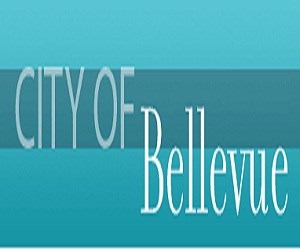SeattleChange

North Bellevue Community Center Upcoming Event Dates & Tickets
About this Venue
Bellevue is the fifth largest city in Washington, with a population of more than 130,000. It is the high-tech and retail center of the Eastside, with more than 130,000 jobs and a skyline of gleaming high-rises. You can learn a lot about the city from news releases, the It's Your City newsletter and Bellevue Television.
Sales at local shopping complexes are always an attraction, but a strawberry festival and an arts and crafts fair each draw thousands each year. During the holiday season, the Garden d'Lights display at the Bellevue Botanical Garden attracts visitors from far and wide. Artists from around the country enter striking new works in the biennial Bellevue Sculpture Exhibition.
History
A densely wooded swath of land between Lake Washington and Lake Sammamish, the area where Bellevue now stands was sparsely settled before the 1900s. If the thick forest weren't imposing enough, large boggy areas could intimidate would-be settlers. Native American tribes in the region favored the coast to the west and the plains east of the mountains.
In 1867 coal was discovered in the Coal Creek area, and white settlers began to arrive as extensive mining got underway at the Newcastle Coal Mine. William Meydenbauer and Aaron Mercer, wealthy adventurers from Seattle, staked large claims here in 1869. Over the next 40 years, other white settlers, including Civil War veterans awarded homesteads for their service, trickled into the vicinity.
Logging, almost by necessity, joined mining as an early occupation on the Eastside, as the settlers needed to clear land for their farms. During that period, the area got a post office and a schoolhouse. In the 1880s, the village got a name. Conflicting accounts attribute the name Bellevue ("Beautiful View" in French) to the view from the new post office's window or to the city in Indiana of the same name from which prominent settlers came.



